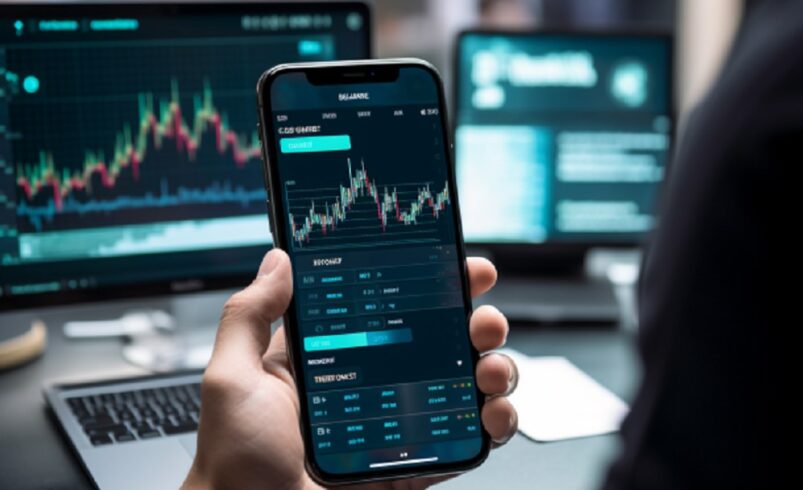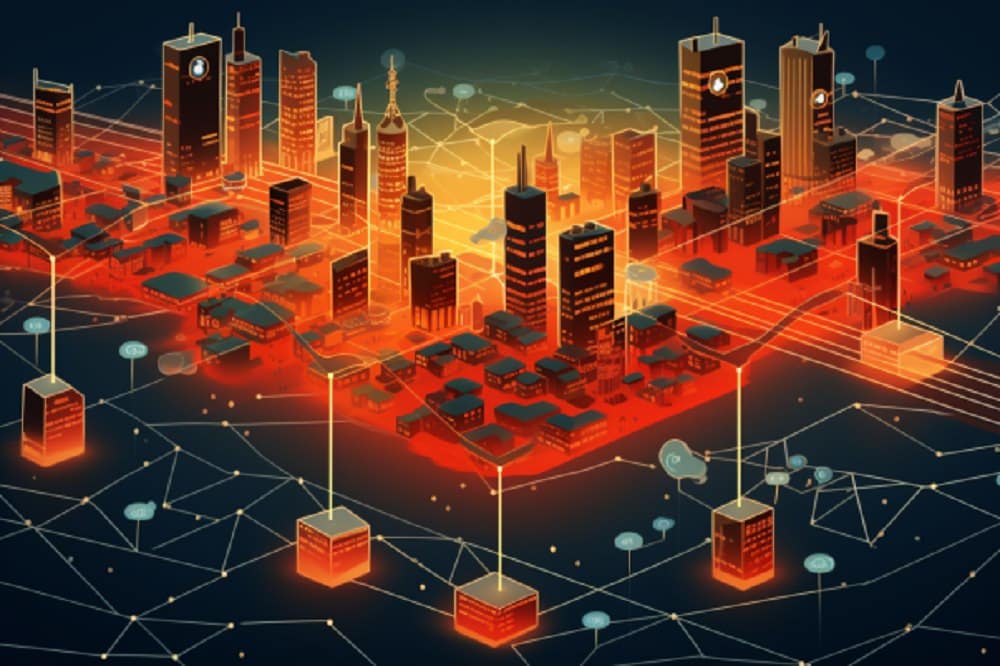A Step-By-Step Guide To Understanding Decentralized Derivatives

Decentralized derivative, sophisticated financial instruments exchanged on blockchain-based platforms, is revolutionizing traditional trading paradigms. These contracts derive their value from an underlying asset by utilizing blockchain technology.
These assets can be a cryptocurrency, commodity, stock, or other derivatives. Thus, there’s no need for intermediaries, such as traditional financial institutions or exchanges.
This transformative shift paves the way for seamless peer-to-peer trading and settlement, fundamentally altering the dynamics of the financial landscape.
Key Concepts In Decentralized Derivatives
Decentralized derivatives have some important fundamental concepts that underpin their functionality. The first is the ‘underlying asset,’ the foundation for the derivative contract.
This asset provides value to the derivative contract. Integral to this financial ecosystem is ‘derivative contracts,’ which exist in many forms, including options, futures, and swaps.
These contracts allow traders to forecast the underlying asset’s future price movements without necessitating physical ownership. Facilitating this innovative financial landscape are ‘decentralized platforms,’ which operate on blockchain technology, eliminating the need for traditional intermediaries. This Ethereum-centric technology forms the backbone of these decentralized platforms.
Smart contracts also play an instrumental role by automating decentralized derivatives’ entire trading, settlement, and clearing process. These digital contracts fulfill predefined conditions to execute dedicated tasks.
For instance, a smart contract in an option contract might be defined to either automatically expire or execute based on the underlying asset’s value. Furthermore, the advent of ‘peer-to-peer trading’ within decentralized derivatives enables participants to engage directly with one another.
This eradication of these intermediaries opens up a new era of transparency and significantly mitigates counterparty risks. Moreover, ‘liquidity pools’ have become an invaluable cornerstone of decentralized finance (DeFi) networks.
Users establish these pools by locking their assets into smart contracts, enabling accessibility for traders seeking to enter or exit positions. This convergence of assets lends fluidity to the trading process, bolstering market efficiency.
Meanwhile, Automated Market Makers (AMMs) are algorithms on decentralized exchanges (DEXs) that determine asset prices based on the available pool liquidity. They enable continuous trading without traditional order books.
While decentralized derivatives offer heightened accessibility and diminished reliance on intermediaries, they are not resistant to ‘regulatory hurdles, vulnerabilities in smart contracts, and the specter of pricing manipulation.’ Thus, market participants venturing into this new frontier of finance must become highly vigilant.
Furthermore, decentralized oracle networks serve as a bridge between smart contracts and external data, pivotal in ensuring precise settlement of derivatives. Oracles display crucial information on the underlying asset’s price movements, thus supporting the entire system’s integrity.
The DeFi ecosystem accommodates diverse, decentralized derivatives, mirroring their traditional financial counterparts. Among these types, options and futures contracts are popular, allowing users to share insights about price developments or agree to buy/sell an item at a predefined price and time, offering potent risk management and hedging tools.
In addition, ‘decentralized synthetic assets’ are common, granting users exposure to diverse assets without necessitating physical ownership. Simultaneously, the advent of decentralized swaps and counterpart swap options further enriches the ecosystem, allowing users to engage in asset trading under predefined conditions, significantly augmenting liquidity and diversifying trading strategies.
Derivative Functions And Limitations Of DeFi
In DeFi, derivatives function similarly to traditional financial instruments, but execution relies on smart contracts on platforms like Ethereum. They derive their value from underlying assets, enabling participants to speculate on price changes without owning the assets.
Yet, for all its promise and innovation, the decentralized derivatives space is not without its constraints. The immature nature of the technology renders it susceptible to errors, vulnerabilities, and potential attacks, which could expose users to significant financial loss.
This contrasts with traditional financial markets’ robust investor protections and regulatory oversight. Moreover, the issue of scalability and efficiency looms large.
The speed and cost-effectiveness of executing derivative contracts are susceptible to congestion and high transaction costs on blockchain networks like Ethereum, where a substantial portion of DeFi operations occur. If not adequately addressed, this hurdle could hinder the widespread adoption of decentralized derivatives.
Furthermore, the complex nature of financial derivatives poses an obstacle for less experienced users, potentially limiting the inclusivity and accessibility of the DeFi space. A shortage of standardized procedures and transparent legal frameworks, an important aspect of traditional financial institutions, also prevents widespread adoption and institutional participation.
Future Outlook
While traditional derivatives have a history of well-established financial markets, their decentralized counterparts are an offshoot of blockchain technology and the DeFi movement. Understanding these distinctions lays the foundation for comprehending the evolving landscape of market structures and financial instruments.
As innovation unites with surging demand for decentralized financial solutions, the relevance of DeFi derivatives will rise substantially. Meanwhile, users are confident that enhanced smart contract capabilities, fortified security measures, and heightened blockchain interoperability will bolster their efficacy and accessibility.
Also, heightened regulatory clarity will attract greater institutional participation, conferring legitimacy to this growing field. Nevertheless, challenges persist. DeFi derivatives must survive the hurdles of scalability, user education, and regulatory adaptation to unlock their transformative potential in the global finance space fully.
TradeZoneCrypto.com offers high-quality content catering to crypto enthusiasts. We’re dedicated to providing a platform for crypto companies to enhance their brand exposure. Please note that cryptocurrencies and digital tokens are highly volatile. It’s essential to conduct thorough research before making any investment decisions. Some of the posts on this website may be guest posts or paid posts not authored by our team, and their views do not necessarily represent the views of this website. TradeZoneCrypto.com is not responsible for the content, accuracy, quality, advertising, products, or any other content posted on the site.









